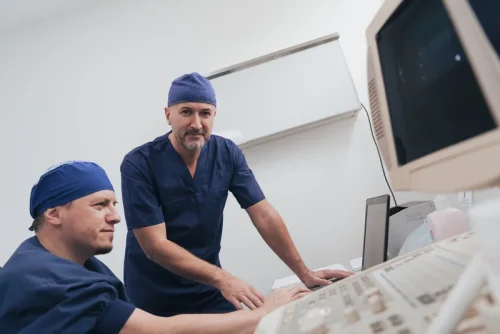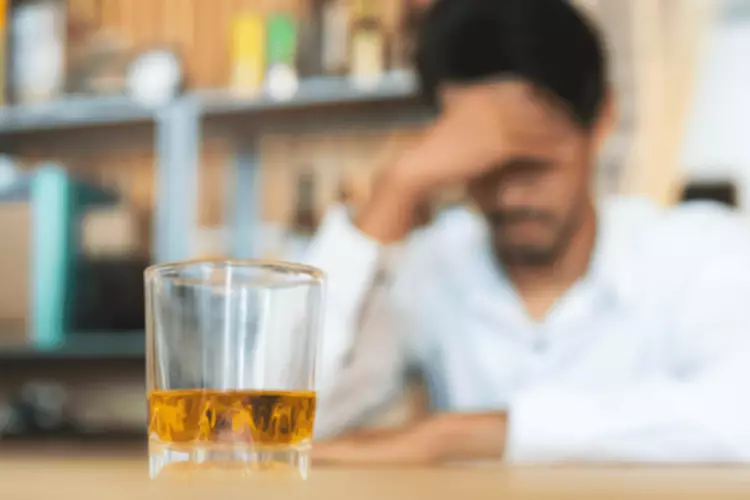
Throughout the 1990s, many treatment programs discontinued their social model elements, a distinct departure from today’s residential community approach. An example of a Level IV is a recovery residence that implements social model care in a therapeutic community. This policy statement by the Society for Community Research and https://ecosoberhouse.com/article/is-it-possible-to-get-sober-without-aa/ Action highlights what we know about recovery residences, and, just as importantly, what we need to know. The establishment of standards by the National Alliance of Recovery Residences, and the related push by some policy makers to adapt these standards to support recovery residences in their states are both noteworthy.
The NARR Standard
- A handful practice harm reduction and allow, for example, cannabis on site, although there is no research to support the effectiveness of these residences.
- Founder Emily Mack of Superior has been trying to get a sober living home in Superior for the last few years, prompted by 10 years of work in the mental health and human service field.
- Recovery residences, sometimes known as sober living houses, have been shown to enhance a variety of recovery outcomes and are highly cost-effective, but little is known about which residence characteristics and practices are most important.
- Some homes may require that you commit to staying for a specific period of time to help establish a solid foundation for life after recovery housing.
- A comprehensive census does not exist, so it is difficult to know where rural recovery residences can be found.
Secure housing is an important component of recovery, yet about 1/3rd of individuals entering addiction treatment report unstable living situations. Recovery residences offer a safe and supportive living environment and continuing care that can promote successful recovery outcomes. By providing affordable housing, peer support, and a resource rich neighborhood, recovery residences offer residents the opportunity to build financial, social, and community-based recovery capital. These continuing care facilities are shown to facilitate positive recovery outcomes (e.g., higher rates of employment, reduced substance use, lower criminal activity) that are maintained as far out as 18 months. However, few studies have looked at the individual contributions of specific recovery residence characteristics to these recovery outcomes. Given that recovery residence models vary greatly, a more detailed understanding of facility characteristics and their relationship to recovery outcomes can ultimately help to inform best practices and streamline recommendations and referrals.
How useful is abstinence alone in understanding the effectiveness of SUD treatment?
This is a dynamic and energetic position that includes a wide array of work with residents in Bellows Falls. Current projects of this position include operating a small 30 tap maple sugar evaporator, gardening projects, employment support and maintain relationships with community partners. The ideal candidate would have basic experience with these projects but we are willing to develop knowledge and skills with the right candidate. This position typically facilitates 3 groups a week and works closely with the two treatment teams at Hilltop Recovery Residence. The primary mission of MARR is to promote this ethical and sustainable management of high-quality recovery residences throughout the State of Maine.
The Power of the Recovery Capital Index

In response to these and other dishonest practices and a lack of standards in recovery housing, a group of organizations and individuals created the National Alliance of Recovery Residences (NARR) in 2011 to establish best practices based on research and a rigorous certification process. NARR affiliates certify recovery residences that operate according to a code of ethics and standards based on those best practices. According to NARR, there are more than 2,500 certified recovery residences supporting over 25,000 people in recovery in over 30 states. Recovery residences generally do not discriminate against residents with felony convictions, given the prevalence of addiction amongst individuals convicted of nonviolent drug offences. Recovery residences are more likely to assess where a resident or staff person is in their stage of recovery. Within recovery residences, documenting one’s criminal background would have more to do with linking them with the appropriate resources or support.
Recovery Corps: At Your Service
- Recovery housing benefits individuals in recovery by reinforcing a substance-free lifestyle and providing direct connections to other peers in recovery, mutual support groups and recovery support services.
- Once disaster needs are met, any remaining funds will help provide food for people facing hunger across southeast Texas.
Level III / Type S (Supervised) delivers weekly, structured programming including peer-based and other recovery support services (e.g. recovery and resiliency groups or person-driven recovery plans) and life skills development programming (e.g., job readiness gratitude house sober living residence or budgeting). Staff are supervised, trained, or credentialed and are often graduates of a recovery residence. Level III’s are designed to support populations who need more intense support in developing recovery capital than provided by Level I or Level II.
Substance use outcomes were measured via self-reported abstinence in the past 6 months (i.e., abstinence from alcohol, abstinence from other drugs, and overall abstinence from all substances). Criminal justice involvement was defined as any self-reported arrest over the past 6 months and employment was derived from self-reported number of days worked over the same period of time. It is possible that younger people are more likely to live in recovery housing versus older people because youth is a time characterized by educational, social, and professional transitions younger (e.g., between high school and college, starting a career, not yet married, no dependents). In other words, younger adults may have made up the majority of residents because as a group they had more flexibility to live in a recovery residence than their older peers who may have had families they were supporting and jobs that made living in a recovery residence more challenging. At NARR, we take pride in fostering a network of affiliates and providers that exemplify the highest standards of recovery care. Our collaborative approach underscores the belief that there is strength in numbers, bringing together diverse recovery residences across the nation to share best practices, resources, and unwavering support for individuals in their journey towards sustainable recovery.
Most stress responses are temporary but seek help if they persist for over two weeks. Signs of greater emotional distress include hopelessness, guilt, difficulty readjusting, excessive smoking, drinking, drug use or thoughts of self-harm, according to SAMHSA. Catholic Charities of the Archdiocese of Galveston-Houston will be distributing food to those in need Thursday and Friday from 9 a.m. At the Mamie George Community Center at 111 Collins Road in Richmond and the Beacon of Hope Center at 4700 Broadway in Galveston. The organization said it will provide limited financial assistance starting next week and will share more details on its social media and website. Here are some safety and recovery tips for Texans bearing the brunt of Beryl’s landfall and information on how others may be able to help.

Do Sober Living Houses Work?

Deixar um comentário